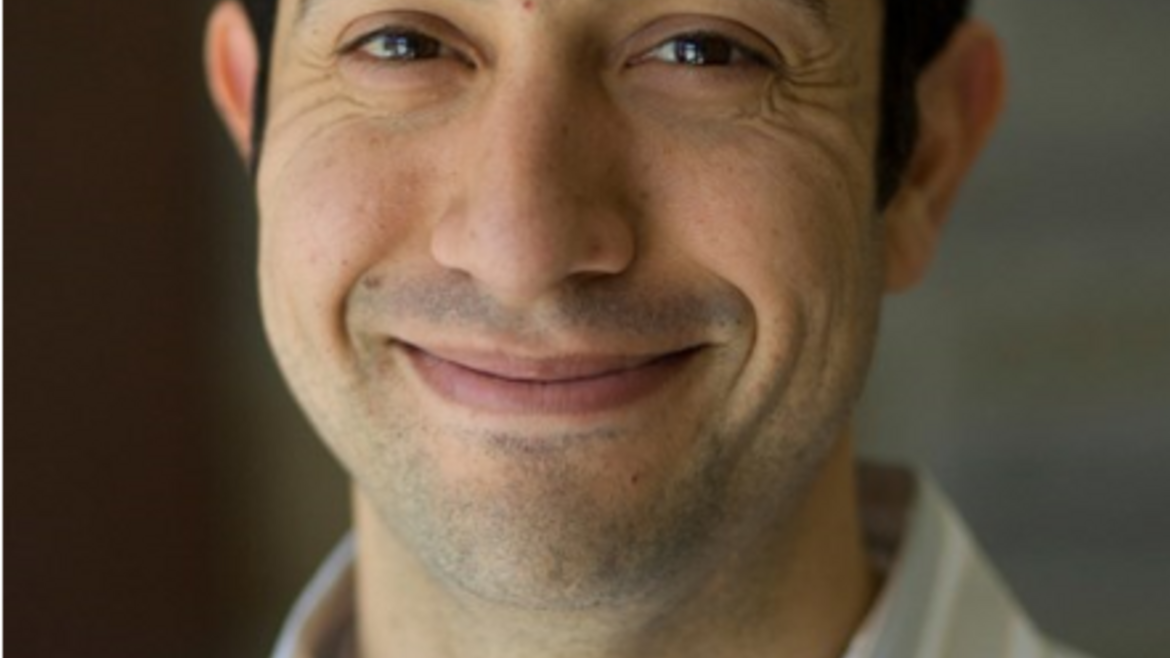Colloquium: Christopher Hernandez

Biomechanics and Mechanobiology: From Bones to Bacteria
Christopher J. Hernandez,
Ph.D.
Associate Professor
Sibley School of Mechanical and Aerospace Engineering
Department of Biomedical Engineering
Cornell University
Adjunct Assistant Scientist, Hospital for Special Surgery
Biomechanics is the study of the mechanical performance of organisms and the cells and tissues from which they are made. Mechanobiology is the interaction between mechanical stress and strain and biological processes. The primary goal of my laboratory is to understand failure processes in bone. I will discuss recent work in my laboratory examining the propagation of microscopic damage in trabecular bone, which provides the first ever study of microdamage propagation within the struts of a cellular solid. In addition to my work in bone, I will introduce recent work in my laboratory applying the concepts of biomechanics and mechanobiology to bacteria. Cell mechanics and mechanobiology have to date concentrated on mechanical performance of eukaryotic cells, primarily mammalian cells, yet prokaryotic organisms make up a great majority of forms of life on Earth. I will describe our results using a nano-fluidic experimental mechanics platform for determining the mechanical properties of live bacteria and how mechanical forces influence bacterial physiology.
Dr. Hernandez is an Associate Professor in the Sibley School of Mechanical and Aerospace Engineering and the Department of Biomedical Engineering at Cornell University. Additionally he is an Adjunct Assistant Scientist at the Hospital for Special Surgery. Hernandez earned a S.B. in Engineering Sciences from Harvard University (1996). He went on to earn M.S. and Ph.D. degrees in Mechanical Engineering at Stanford University (1997, 2001). Dr. Hernandez was awarded the Harold M. Frost Young Investigator Award by the American Society for Bone and Mineral Research in 2006 and has twice been a finalist for the New Investigator Recognition Award by the Orthopaedic Research Society (2004, 2006).